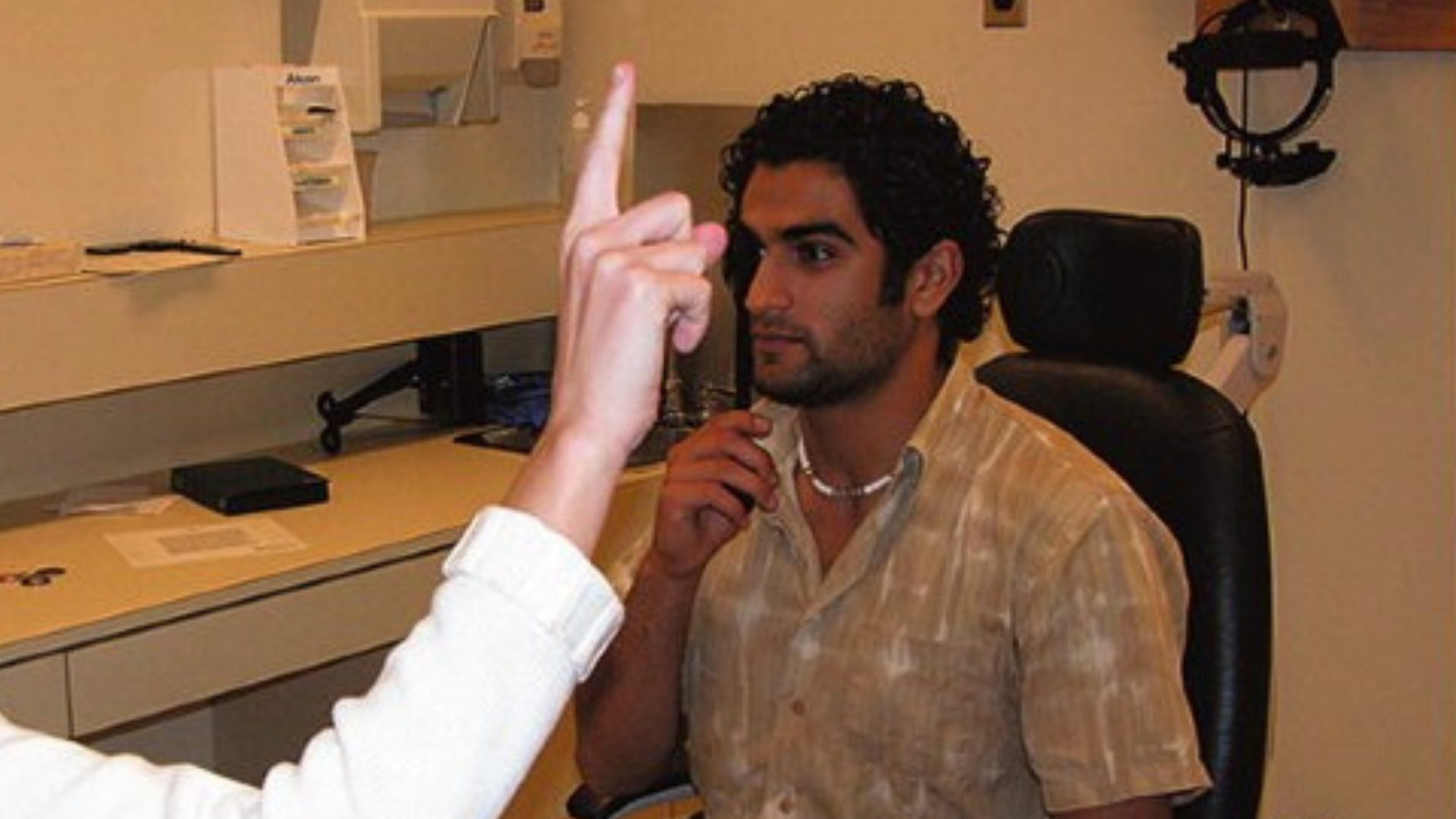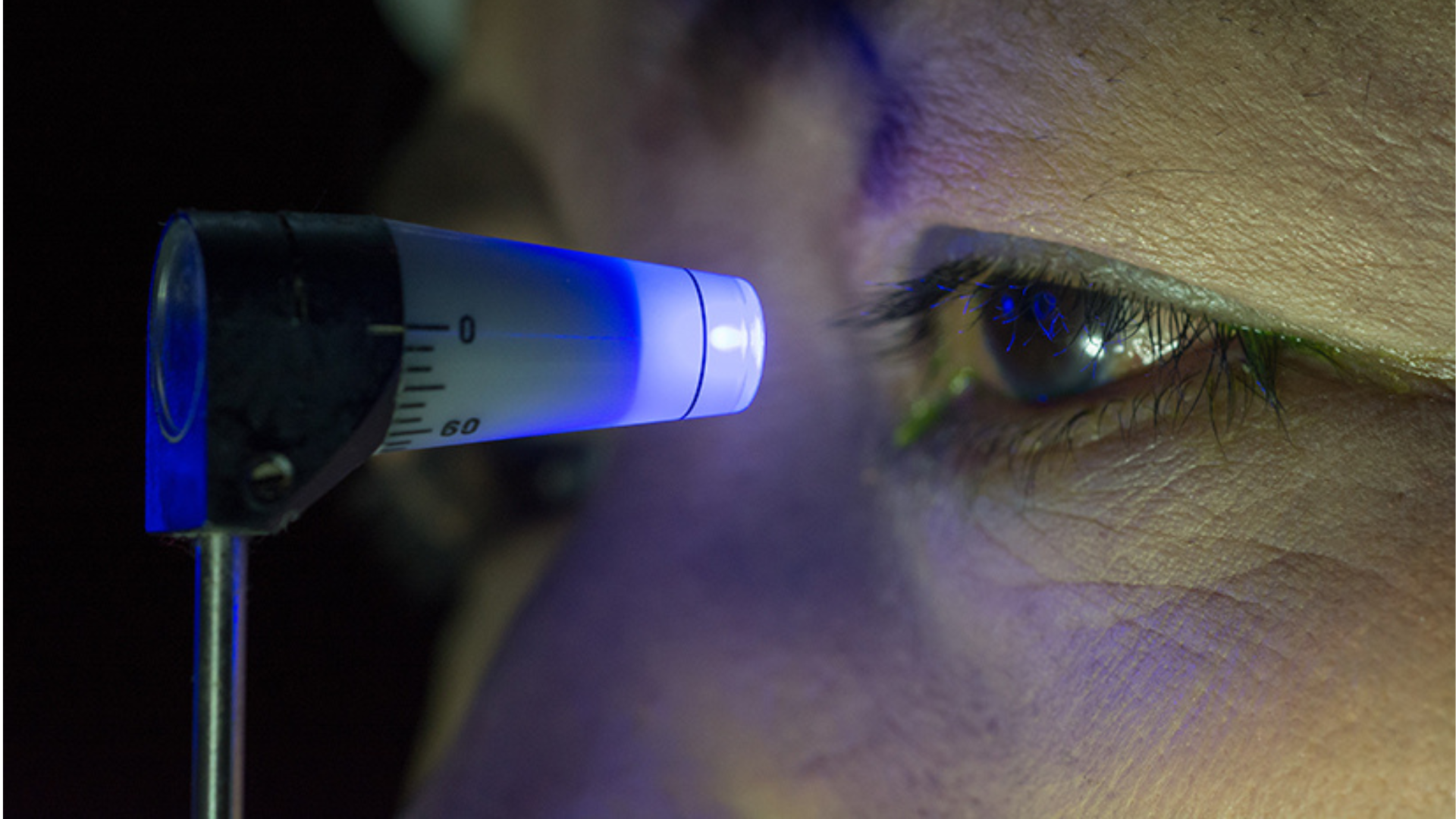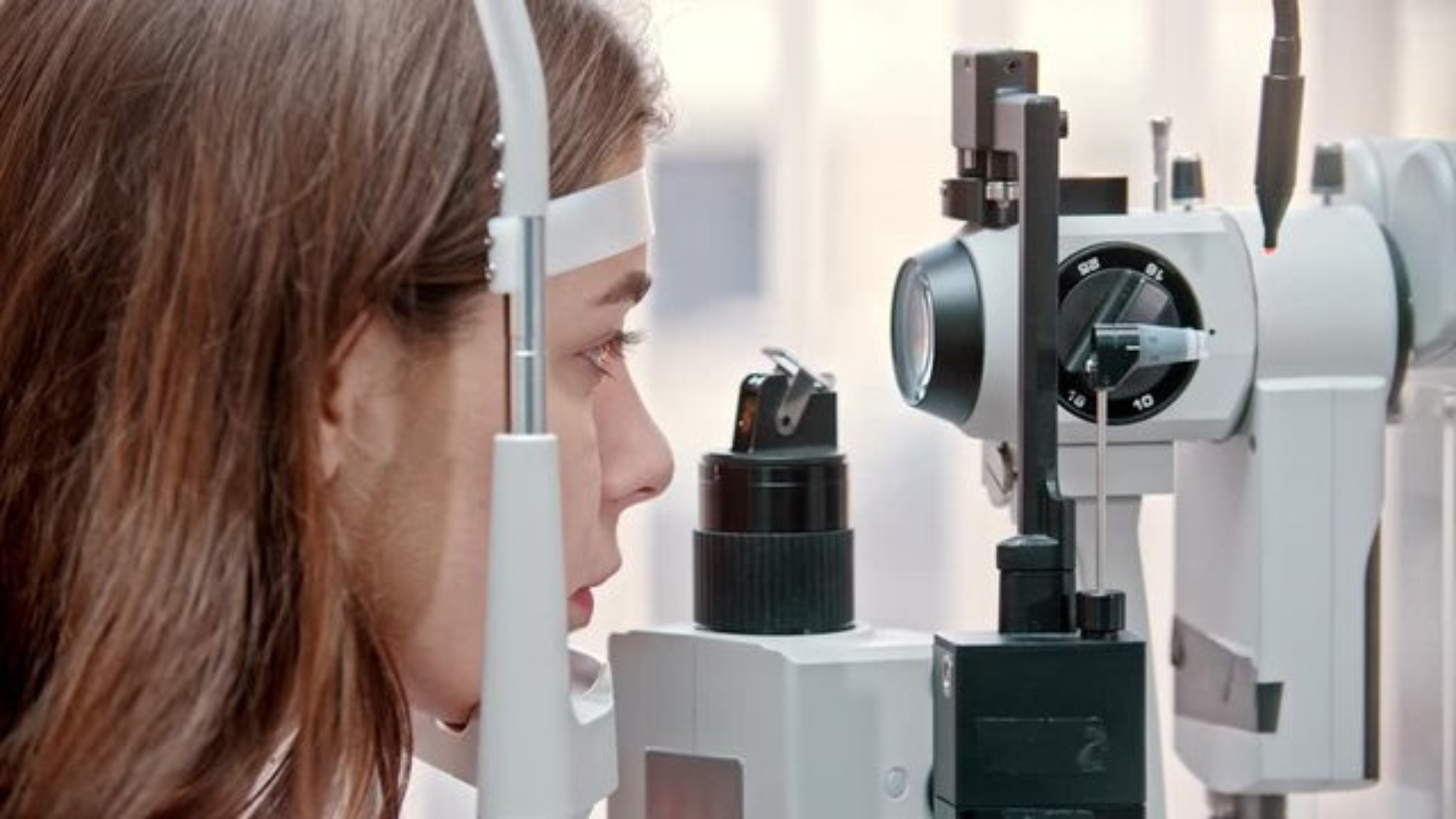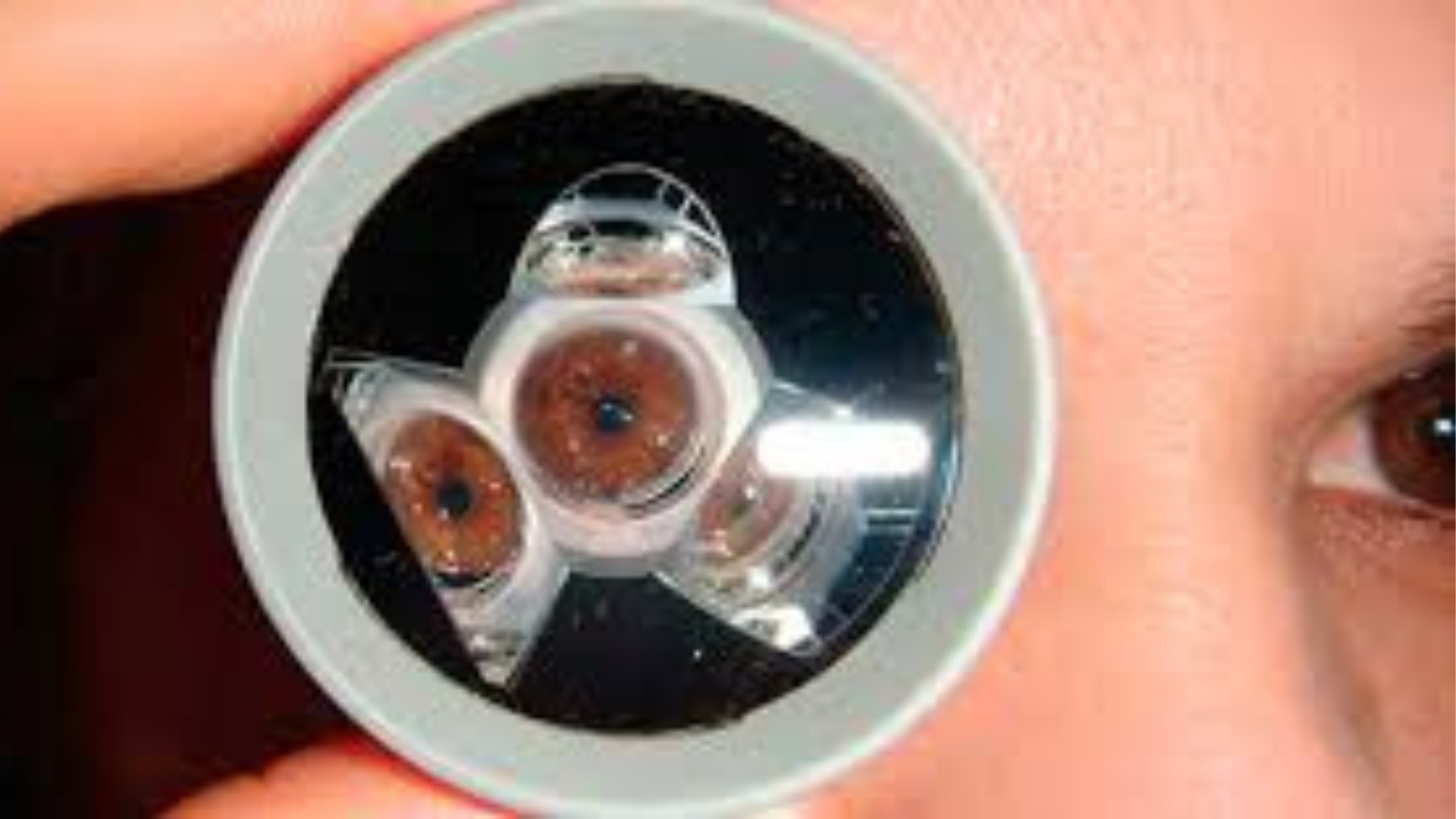Glaucoma services
Glaucoma Services
Glaucoma Services
Prevent from glaucoma, before it's too late
Also known as the silent thief of vision, it is the second most cause of permanent blindness in the world. The main reason for the vision loss is due to the damage that happens in the Optic Nerve, which is the nerve responsible for sending visual information to the brain.
Effects of Glaucoma
Glaucoma Causes loss of vision by gradually damaging the field of vision. The Vision Loss due to is also permanent and irreversible. Hence it is extremely important for all patients above the age of 40 years or those who have a family history of Glaucoma to meet their Eye Doctors for a complete Eye Examination at least once in a year.
Glaucoma mostly affects adults older than 40, but young adults, children, and even infants can have it.
You’re more likely to get it if you:
- Are over 40 years old
- Have a family history of glaucoma
- Are nearsighted or farsighted
- Have poor vision
- Have diabetes
- Take certain steroid medications such as prednisone
- Take certain drugs for bladder control or seizures or some over-the-counter cold remedies
- Have had an injury to your eye or eyes
- Have corneas that are thinner than usual
- Have high blood pressure, heart disease, diabetes, or sickle cell anemia
- Have high eye pressure
Most people with open-angle glaucoma don’t have symptoms. If symptoms do show up, they’re usually late in the disease. That’s why glaucoma is often called the “sneak thief of vision.” The main sign is usually loss of side, or peripheral, vision.
With any type of glaucoma, you may experience:
- Eye pain or pressure.
- Headaches.
- Rainbow-colored halos around lights.
- Low vision, blurred vision, narrowed vision (tunnel vision) or blind spots.
- Nausea and vomiting.
- Red eyes.
Glaucoma damage is irreversible, so you need early detection and treatment to prevent blindness.
Tests to diagnose and monitor glaucoma




There are different tests that can be carried out by an optometrist if they suspect you have glaucoma after a routine eye test.
Eye pressure test : An eye pressure test (tonometry) uses an instrument called a tonometer to measure the pressure inside your eye.
Gonioscopy can help to determine whether this area (the “angle”) is open or closed (blocked), which can affect how fluid drains out of your eye.
Perimetry : It is a visual field test used to checks for missing areas of vision. Peripheral vision is often the first area to be affected by glaucoma.
Optic nerve assessment : The optic nerve, which connects your eye to your brain, can become damaged in glaucoma, so an assessment may be carried out to see if it’s healthy.
